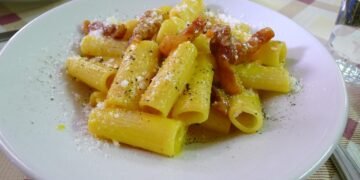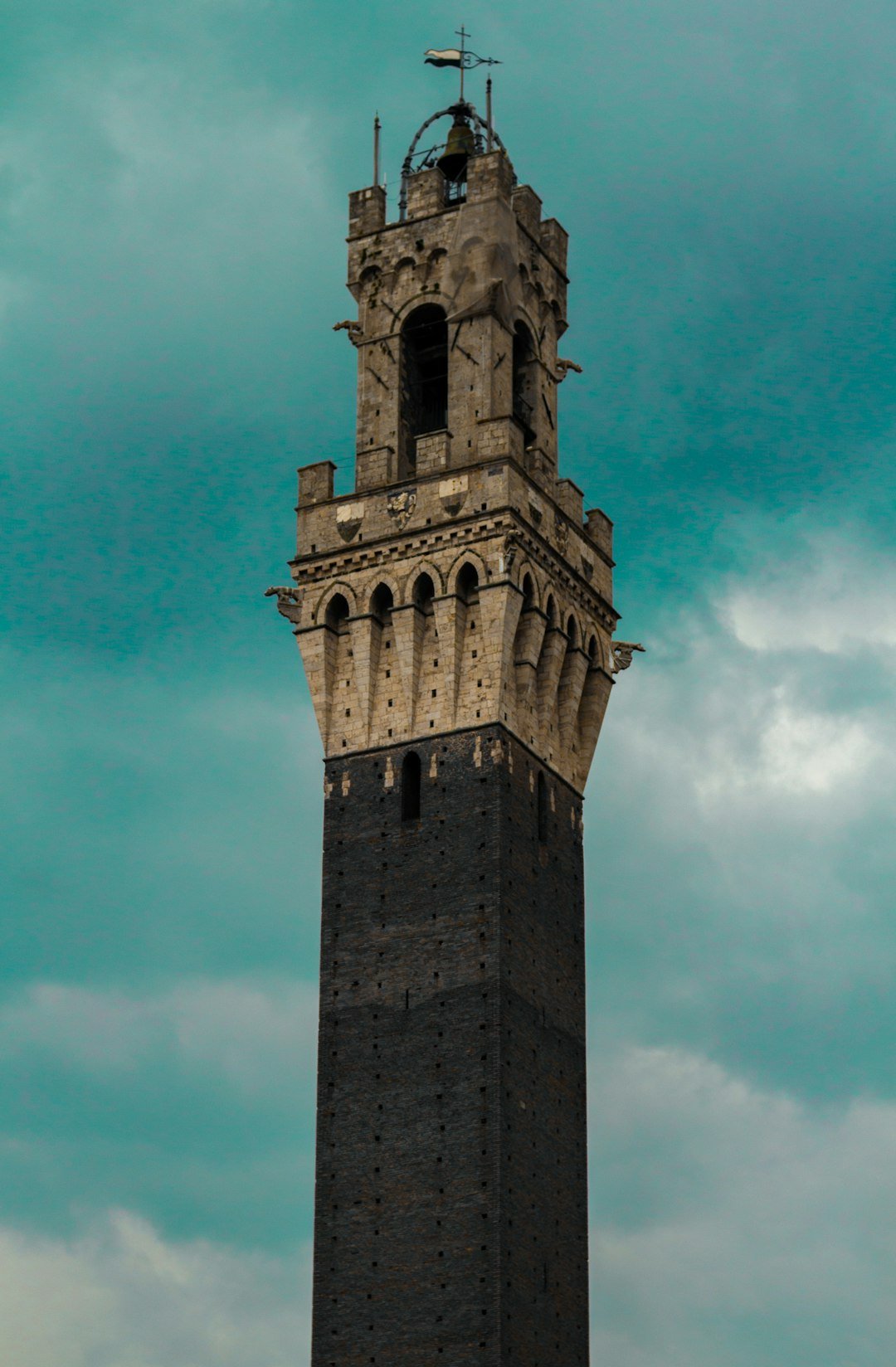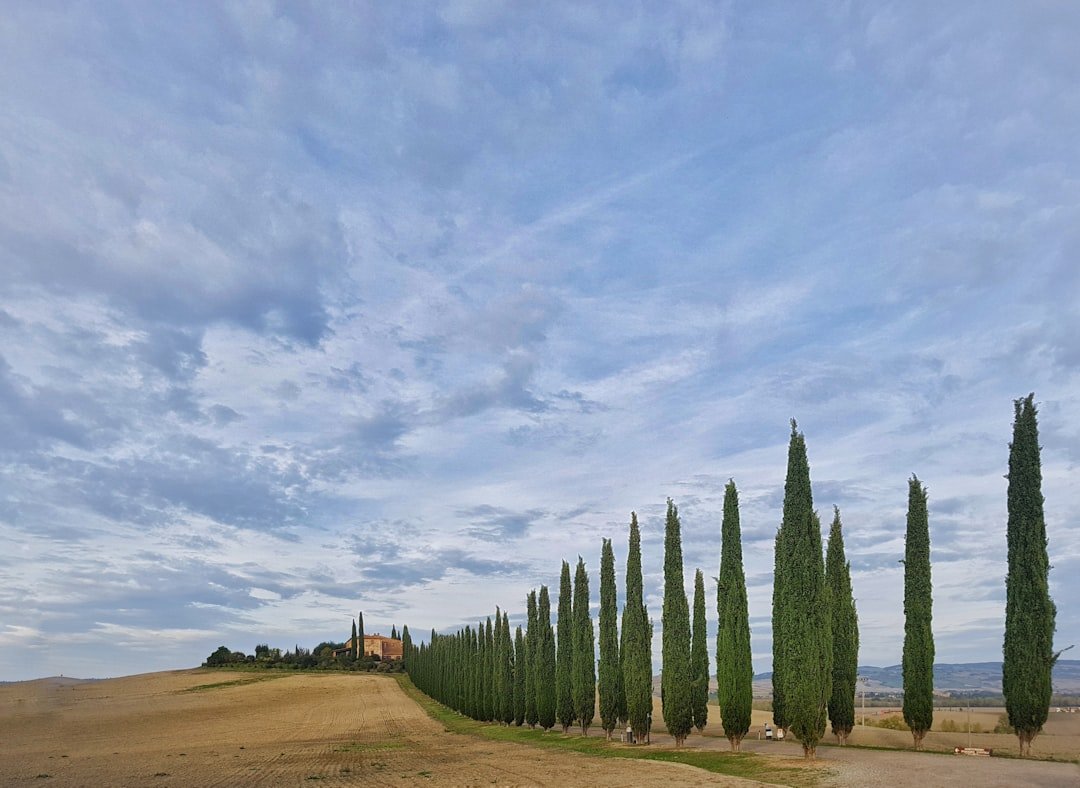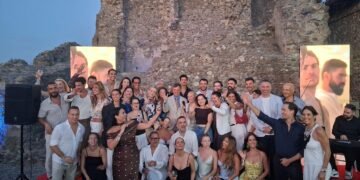Located in the heart of Italy, nestled on a picturesque hill overlooking a lush valley, lies the ancient town of Cortona. Heralded as one of the oldest Etruscan cities in Tuscany, this charming commune holds a significant place in the historical tapestry of the region. It personifies centuries of rich cultural evolution, archaeological findings, architectural marvels, and enduring traditions that define Tuscany’s history and inspire its future.
Etruscan Origins of Cortona
During the 8th Century BC, the Etruscan civilization laid the foundations of Cortona, transforming it into a significant urban settlement over the years. The town’s historical significance is inherently tied to this mysterious civilization, whose influence remains evident in Cortona’s cityscape and cultural ethos even today. The Etruscans developed a thriving society rich in art, literature, politics, and trade, influencing the broader Italic culture immensely.
Present Day Etruscan Influence
A visit to the town’s popular MAEC (Museo dell’Accademia Etruscan) unravels the rich tapestry of its history, with an extensive collection of artefacts, urns, and literary works that provide revealing insights into Etruscan lives. The Etruscan Academy Museum of the City of Cortona (MAEC) house these historical treasures, connecting the modern world with the ancient civilization that sculpted Cortona’s destiny.
Archaeological Significance of Cortona
Cortona is a treasure house of archaeological riches dating back to Etruscan and Roman times. The city walls, gates and remnants of ancient buildings stand testament to Cortona’s ancient heritage. These archaeological finds, discovered mostly during the 18th and 19th centuries, have provided essential insights into Etruscan civilization’s daily life, burial practices, trade activities, and art forms.
Archaeological Sites in the City
Notable archaeological sites include the Etruscan Tombs, the Roman Forum, and the city walls and gates – each narrating a unique tale of Cortina’s golden past. ‘Melone II’ and ‘Camucia’, the two most significant Etruscan tombs found in Cortona, have contributed substantially to our understanding of ancient Etruscan burial practices and perceptions of life and afterlife.
Architectural Marvels of Cortona
Architecturally, Cortona is a trove of well-preserved medieval buildings blending with authentic Renaissance architectures. Notable among these are the Palazzo Comunale and the Duomo Cathedral.
The Palazzo Comunale
The Palazzo Comunale, also known as the Town Hall, is Cortona’s architectural anchor, evoking the town’s communal spirit and public life mannerisms. Originally constructed in the 13th century, this building has been the administrative heart of Cortona all through its history.
The Duomo Cathedral
The Duomo, Cortona’s Cathedral, is a masterful representation of the Renaissance era. Its ornate, intricate design and the simplicity of its grand façade showcase the impressive blend of Etruscan, Roman, and Gothic architectural styles.
Cortona’s Significance in Art and Culture
Given its historical richness, Cortona also harbors a vibrant art and culture scene. It was home to notable artists like Pietro da Cortona and Luca Signorelli. The city’s communal spirit remains alive in the popular Tuscan Sun Festival – an international celebration of art, music, culture, and community. Some of the most culturally significant places include the Diocesan Museum and the Museum of the Etruscan Academy.
The Diocesan Museum
The Diocesan Museum houses a collection of artwork primarily from Tuscan artists, including an exceptional collection of painted crosses, canvases, and some jewelry artifacts from the medieval period.
The Museum of the Etruscan Academy
The Museum of the Etruscan Academy (MAEC), one of Italy’s oldest, is a treasure trove that showcases Etruscan artefacts and remains from archaeological excavations. It serves as a testament to Cortona’s historical wealth and significance.
Conclusion
From its Etruscan origins to its diversified architectural marvels and vibrant art scene, Cortona remains an unwritten chronicle of Tuscany’s historical richness. Whether it be through its ancient city walls, archaeological findings, intellectual heritage, architectural landmarks, or cultural festivities, every corner of this Tuscan town has a story to tell. The historical significance of Cortona is an enduring tribute to the vibrant civilizations that have shaped this captivating region of Tuscany over centuries.
























